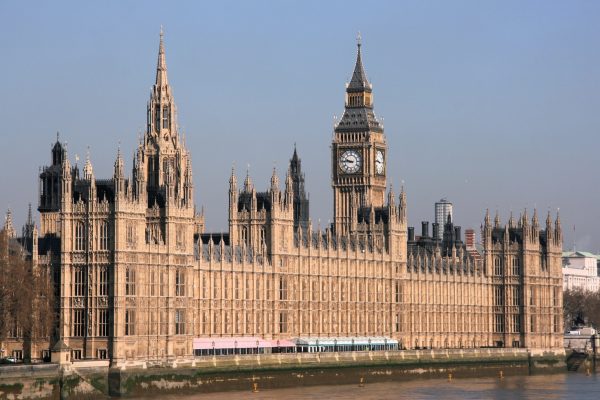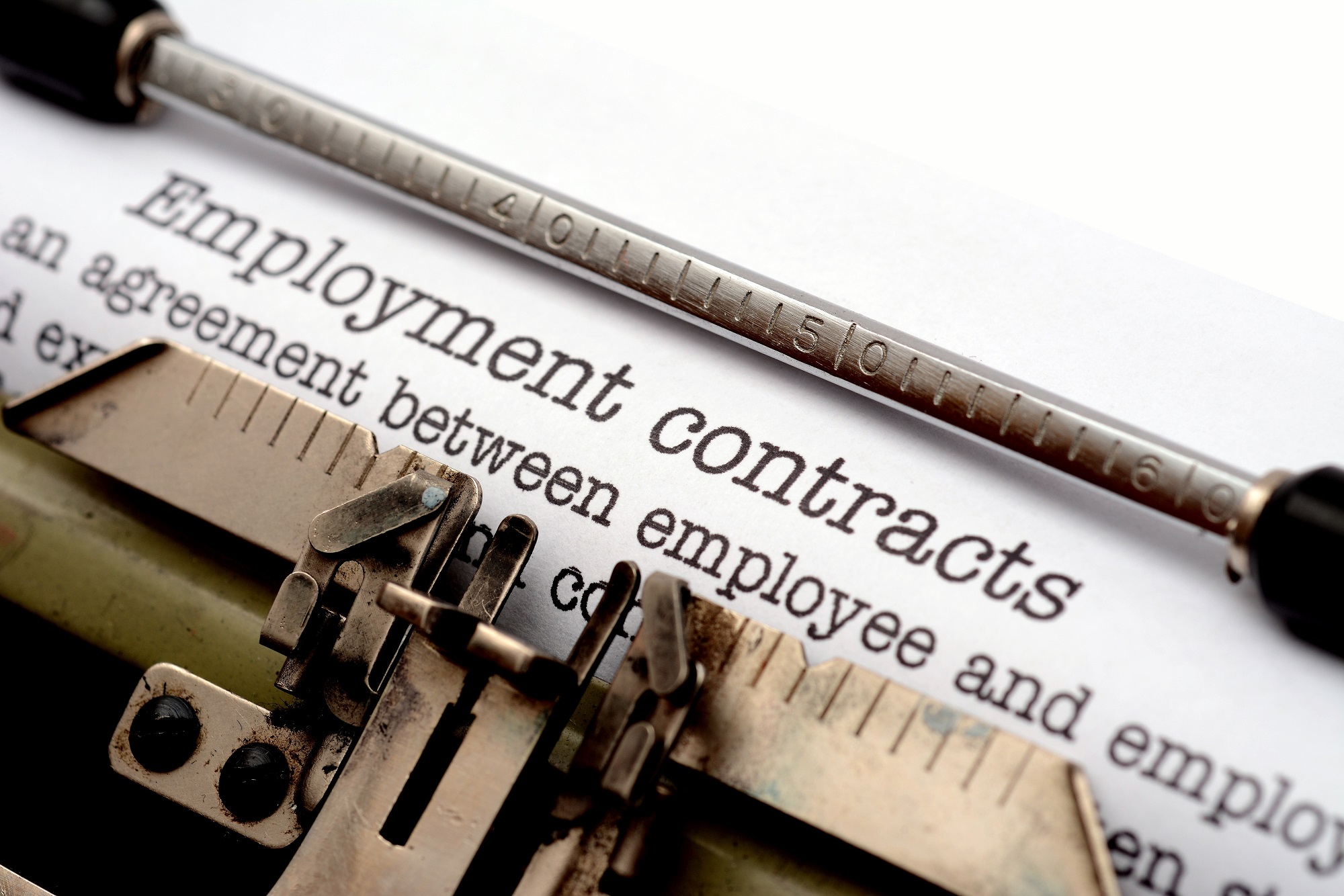This has become a very prominent issue for business as new fathers are now able to undertake up to 26 weeks paternity leave, after the birth of a child, now known as Additional Paternity Leave (APL).
As of children due after 3rd April 2011, this right is extended to;
– biological fathers, civil partners and spouses of a pregnant women
– partner, spouses or civil partners of women who have been approved to adopt a children
As with maternity leave regulations, employees must have undertaken at least 26 weeks of service by the 15th week prior to the birth.
APL can be taken on top of the 2 weeks allowable immediately after the birth, now to be known as Ordinary Paternity Leave (OPL). Rules regarding this remain unchanged.
APL will be taken after the mother has taken the first portion of leave (up to 26 weeks) and has made arrangements to return to work.
Should the mother take the full 26 weeks then fathers will be allowed to take a further 26 but only receive SPP for the first 13, as statutory payments (currently (128.73 or 90% of gross pay if lower), will still cease after the 39th week of birth. Father may choose to return at this point.
Employers should look to implement a paternity leave policy, which will clearly set out both parties expectations regarding this.
Lawgistics can look to draft one for your business to ensure that both parties are protected.

Octane Finance is the broker of choice for new and used car dealers nationwide. With our uncompromising service levels and our genuine and professional approach, you and your customers can trust us to deliver.
This issue is however now under new consultation (Consultation on Modern Working), as announced earlier this month; with proposals to allow the mother the first 18 weeks and then defining the remaining term as paternal leave. This will differ from the rules outlined above but Lawgistics will keep you posted when the consultation is complete. At present this policy will not be introduced until 2015.








